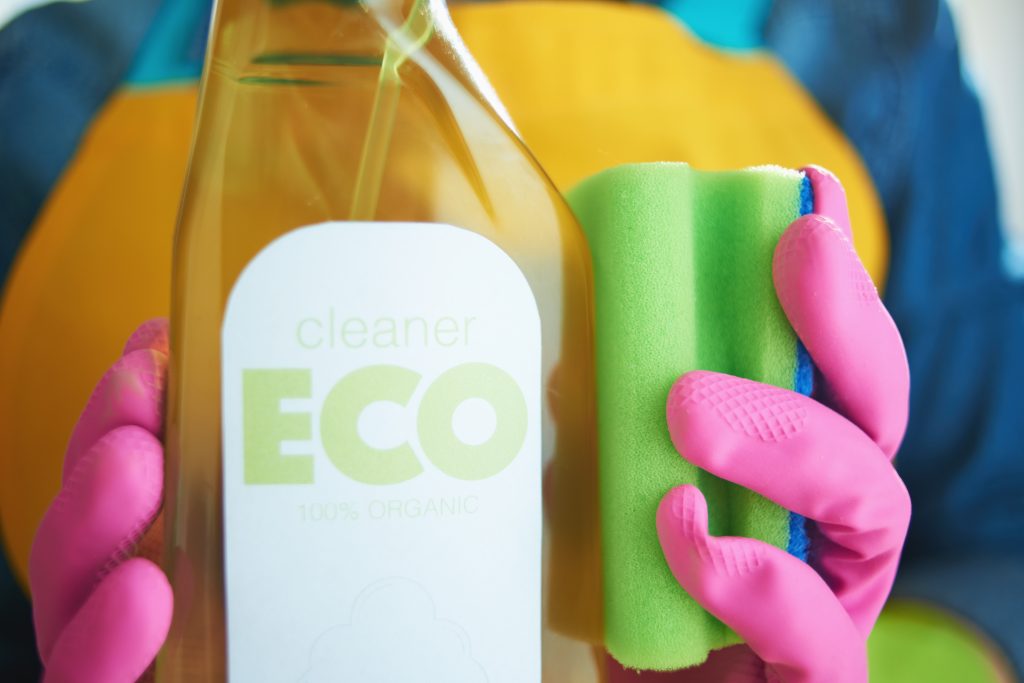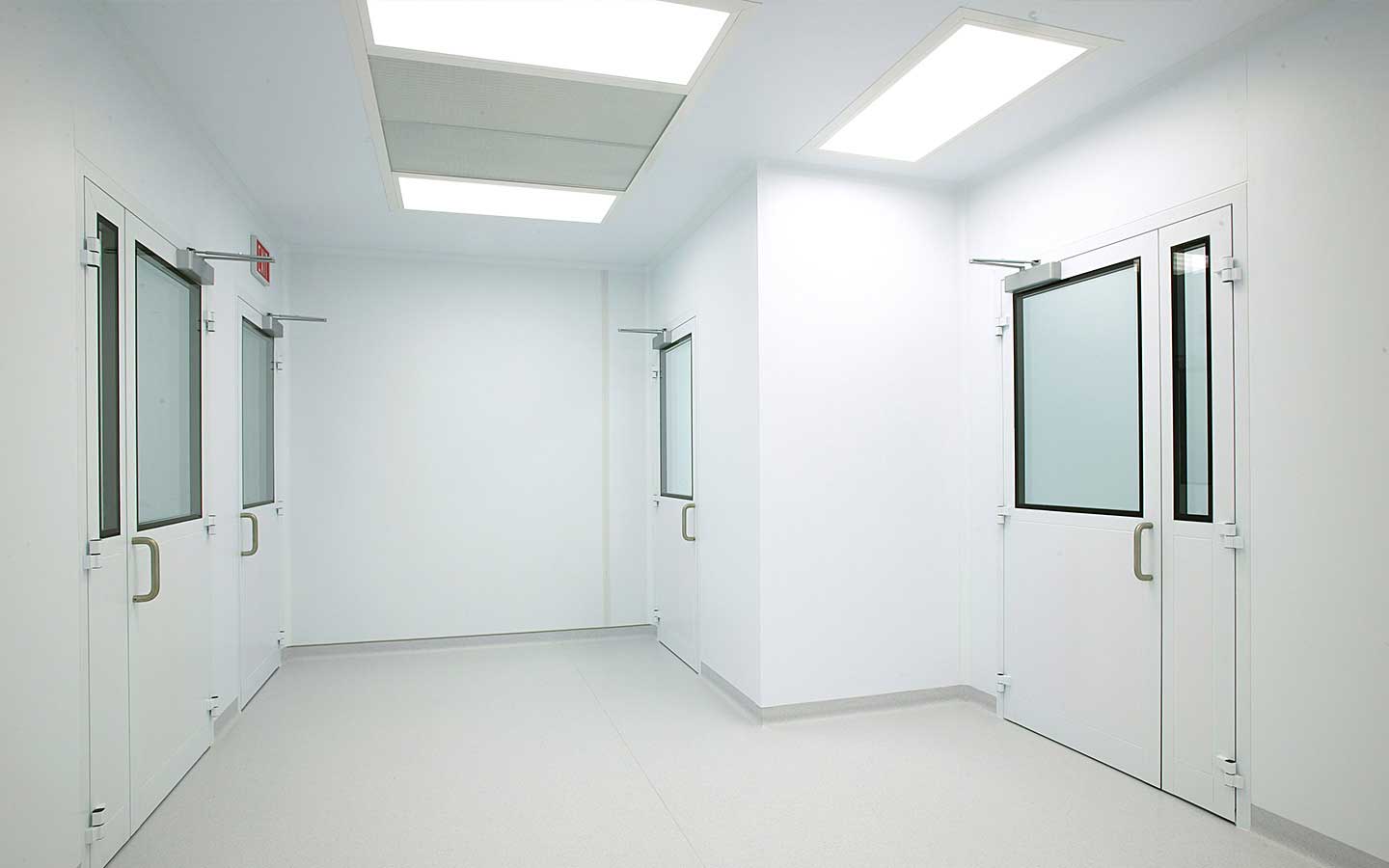
What Is Green Cleaning?
The term “green cleaning” gets tossed around a lot. You might be wondering what this term actually means. Green cleaning refers to an eco-friendly approach to the cleaning products and tools to have as little impact as possible on our environment.
You need to use products to properly clean and disinfect. However, some cleaning products contain chemicals that can damage air, water and human health. Cleaning efficiently and reducing waste also helps our planet.
Green Cleaning Benefits
Green cleaning can keep everything clean without taking a toll on the environment. Here are some green cleaning benefits:
- Reduces exposure to toxic chemicals
- Improves facility’s air quality and reduces energy usage
- Reduces the environmental footprint of your facility
- Reduces the risk of respiratory issues among staff
- Improves workplace air quality
- Helps cleaning employees and facility employees who have asthma, allergies or other sensitivities.
- Some products can cause headaches, irritate respiratory systems and cause other health problems.
- Some cleaning products can cause skin rashes
- Decreases chemical runoff in the water (cleaning chemicals reach drains and pipes that lead to pollution of streams, rivers, lakes and groundwater
In addition to these benefits, committing to green cleaning has client advantages as well:
- Demonstrates the company’s effort to improve its environmental impact
- Preserves the quality of office furniture, equipment, and floors so they last longer, which saves money long term
- Elevates client’s brand because they’re environmentally conscious
- Demonstrates client’s commitment to employee health
Examples of Green Cleaning

Green cleaning looks different depending on the facility and the client. Here are some examples to consider:
- Safe, non-toxic, biodegradable cleaning products (for example, ammonia-free glass cleaner)
- Recycled paper products
- Energy-efficient cleaning equipment
- Microfiber cleaning and dusting cloths, mop heads
- Quality equipment made to last (buckets, vacuums, scrubbers, etc.)
- Recycling and waste disposal
Earth day occurs in April, but the entire month is about focusing on the planet, sustainability and how to make the world a better place. If you’re interested in hearing more about Joncowest’s green cleaning options, please contact us!

